Virtual clients can solve real management trouble
Pairing virtualised clients and servers is one way to help IT managers meet workers' personal demands.

But these days the word `client' encompasses a wide range of different devices. Indeed, the desktop PC is now a minority tool. Most users still requiring the rich client capabilities of a PC use a laptop, where its ability to connect from (within reason) anywhere in the world is a distinct advantage for the user and a potential nightmare for IT management. Many of those users will also want to connect with a PDA or rich-function mobile phone, where the form factor will require a different User Interface.
Managing that range of client types can only be achieved at the server, but it is the virtualisation component that brings the real advantages because it provides a separation between the presentation layer - even where that layer also incorporates some components of the application code - and the applications and data.
In this way, an individual user gets the opportunity to interface with the system via any client type that is both approved by IT and allowed for their particular use. This adds operational flexibility for users because a desk-based user can access their workspace, their operational personality, from whichever company desktop client they are close to, while the archetypal road warrior can use an authorised laptop, PDA or phone as the occasion demands.
Such an approach can even be used to overcome one of the UK's Government's all-too-frequent problems: the lost laptop containing valuable information. If the laptop is working with applications and data maintained on and delivered by the server, encrypted across the Internet, it need not necessarily retain the data itself, and can therefore be readily lost without any concern other than cost.
Getting flexible
The notion of separating the presentation from the data and applications is also an important tool for bringing many of those established green-screen applications into a more flexible world. This is the target of companies like EdgeIPK, which has developed tools that exploit this separation to allow a wide range of clients, and a wide range of presentation styles, to integrate with transaction-based applications on the server.
This overcomes the common problem when rendering a browser-based presentation level for a legacy application in HTML. Here, any changes to either end of the process can require significant re-writing of code, whereas the Edge approach is, in effect, providing a `republishing' environment for the data held on and managed by a server-based application.
Get the ITPro daily newsletter
Sign up today and you will receive a free copy of our Future Focus 2025 report - the leading guidance on AI, cybersecurity and other IT challenges as per 700+ senior executives
The shift from staff-based selling to end-user online self-configuration of a sale that is now possible with web-services is an area which demonstrates the problems and potential of separating the presentation and data layers particularly well. In a traditional selling model, a customer will contact - either by phone or face to face - a sales rep working off a screen driven by the application. This will ask questions in ways that suit the needs of the application or database, and with which the sales reps are familiar.
But it is quite common that presenting such a `green-screen' rendition of those data fields direct to the end user can cause them problems and misunderstanding, which is generally bad for business. Until recently, reformatting the questions in a way that is more accessible to end users would likely require a major re-engineering of the application as well. But by separating the presentation and data, it becomes possible to modify one without the other.
Indeed, it now becomes possible to exploit psychological tactics to real advantage on the end-user facing websites. For example, the same server-based sales process for car insurance policies can be fronted by a range of different presentation layers, each with a different branding and each designed to suit the needs of that particular market segment.
Slow takeup in enterprise
While there has been much written about server virtualisation over the last couple of years, it is becoming accepted current wisdom that the real practical take up of the technology within enterprises has been slow. It has found a role as part of server consolidation strategies, but the tactical benefits have been small. So it seems likely that the more productive tactical benefits may be seen at the other, client end of network, changing the way applications and services are delivered to end users on the road or at their desktops, and reducing the resources required to deliver and run them.
In the long term, of course, the real advantages will come from combining the flexibility granted to the presentation layer by desktop virtualisation with the resource management capabilities of server virtualisation. That could deliver real power and flexibility to an application or service just when and where it is required. That, of course, marks the portent of the next round of acquisitions by the major IT vendors.
It also can be seen as a blurring of the demarcations that exist between a business running an onsite infrastructure and one delivered as a service by a third party service provider, creating an environment where, for the majority of users, there is no perceptible difference between the two.
As a matched pair, desktop and server virtualisation may in the long term prove to be the training ground users need for the step up to utility-based services.
-
 Should AI PCs be part of your next hardware refresh?
Should AI PCs be part of your next hardware refresh?AI PCs are fast becoming a business staple and a surefire way to future-proof your business
By Bobby Hellard
-
 Westcon-Comstor and Vectra AI launch brace of new channel initiatives
Westcon-Comstor and Vectra AI launch brace of new channel initiativesNews Westcon-Comstor and Vectra AI have announced the launch of two new channel growth initiatives focused on the managed security service provider (MSSP) space and AWS Marketplace.
By Daniel Todd
-
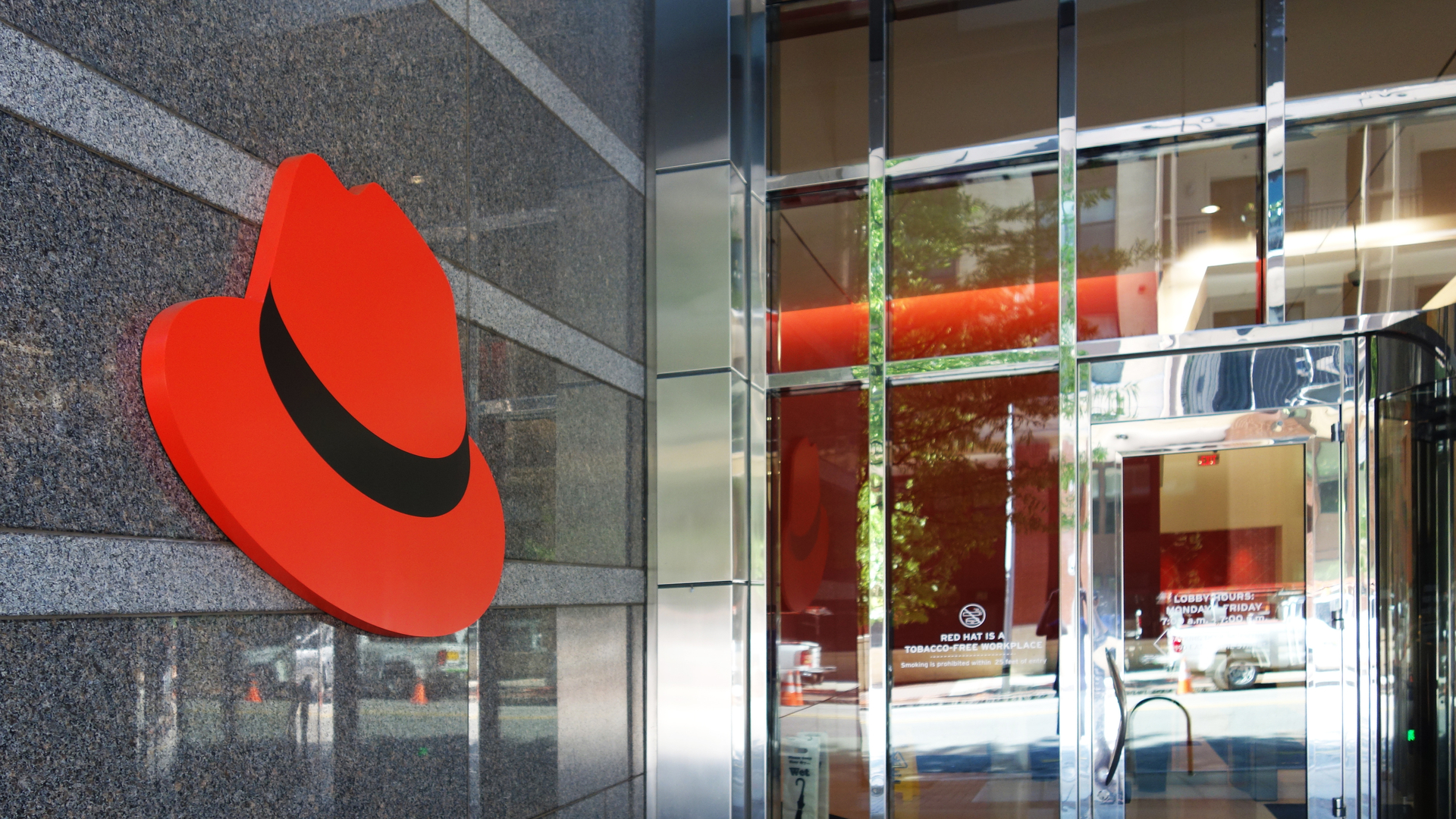 Red Hat Enterprise Linux 9 aims to fuel innovation in the open hybrid cloud
Red Hat Enterprise Linux 9 aims to fuel innovation in the open hybrid cloudNews The latest version of RHEL will be available in the coming weeks, complete with updated features for edge and multi-cloud computing
By Daniel Todd
-
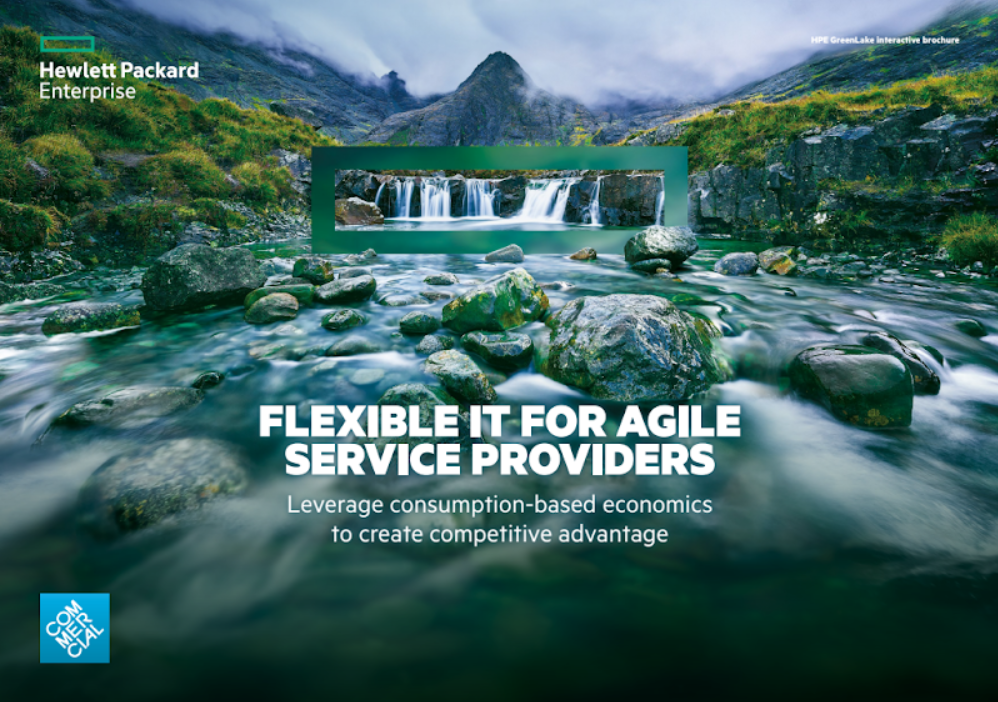 Flexible IT for agile service providers
Flexible IT for agile service providersWhitepaper Leverage consumption-based economics to create competitive advantage
By ITPro
-
 Red Hat becomes billion dollar company
Red Hat becomes billion dollar companyNews Along with breaking the billion barrier in revenues, the firm reveals it will be bringing SLAs to its Platform as a Service offering.
By Jennifer Scott
-
 Huawei lays claim to world’s largest desktop cloud
Huawei lays claim to world’s largest desktop cloudNews The Chinese telecoms firm reveals 45,000 of its engineers use desktop virtualisation.
By Jennifer Scott
-
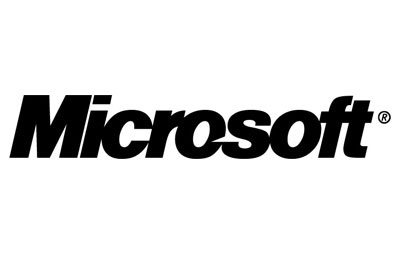 Microsoft sees Windows revenue dip six per cent
Microsoft sees Windows revenue dip six per centNews The Redmond giant posts another set of mixed results, with Windows continuing to disappoint.
By Tom Brewster
-
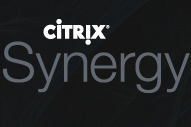 Citrix Synergy 2011: Cloud Portal set to improve customer support
Citrix Synergy 2011: Cloud Portal set to improve customer supportNews The virtualisation giant claims its new offering will help service providers ‘turn their cloud infrastructure into a cloud business.’
By Ross Kelly
-
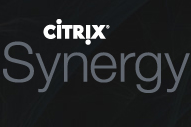 Citrix Synergy 2011: Citrix snaps up AppDNA
Citrix Synergy 2011: Citrix snaps up AppDNANews The UK-based application migration specialist is bought to help beat the XP countdown clock.
By Ross Kelly
-
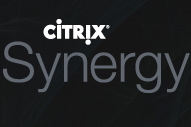 Citrix backs thin client revolution with HDX system-on-chip
Citrix backs thin client revolution with HDX system-on-chipNews Some sub-$100, HD-enabled thin clients are on the way thanks to Citrix's move into system-on-chip technology.
By Tom Brewster